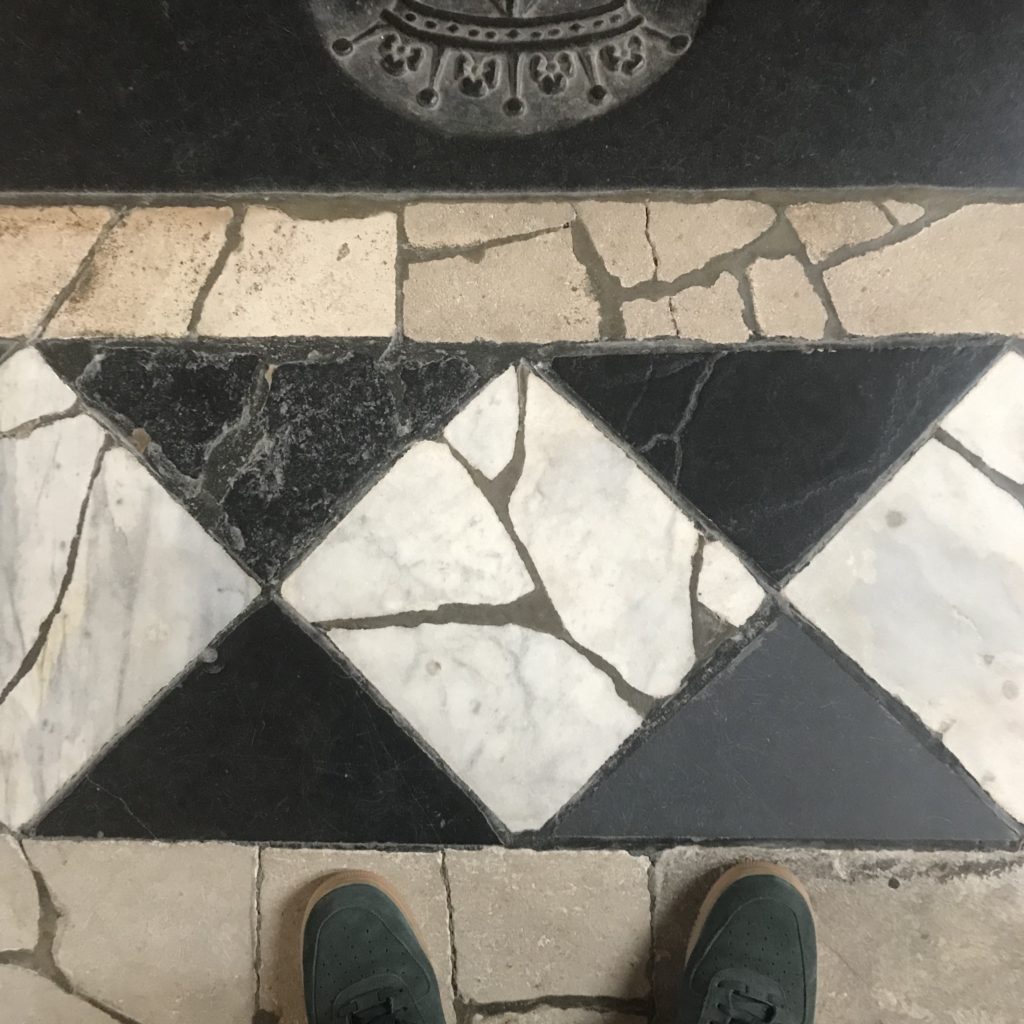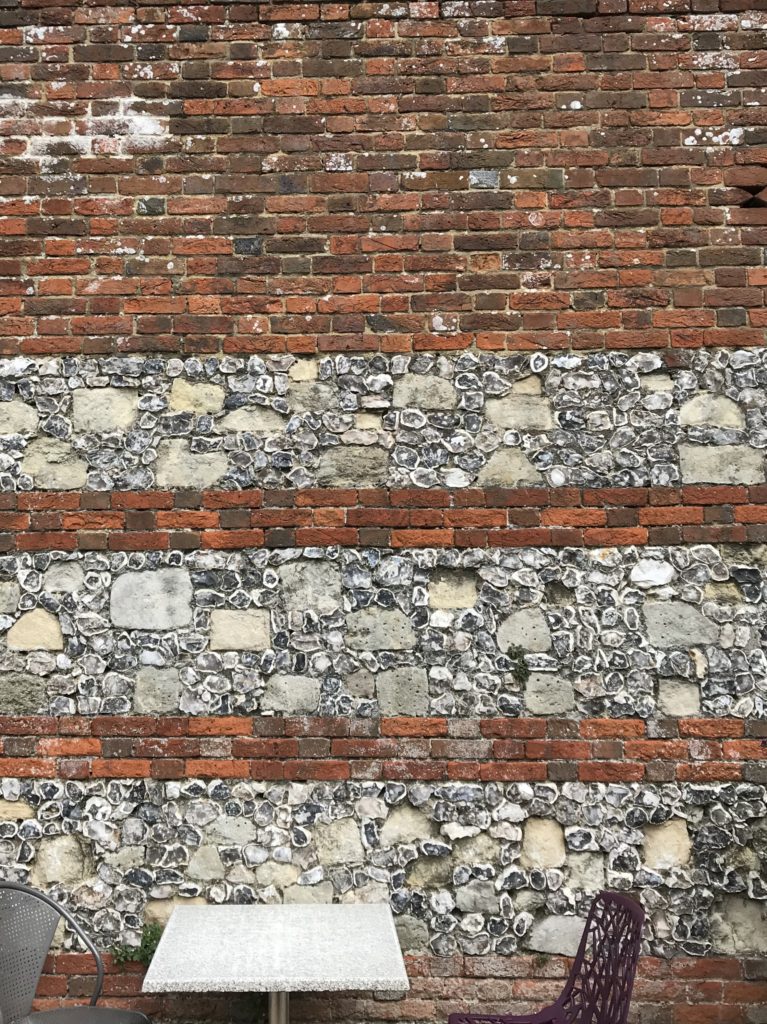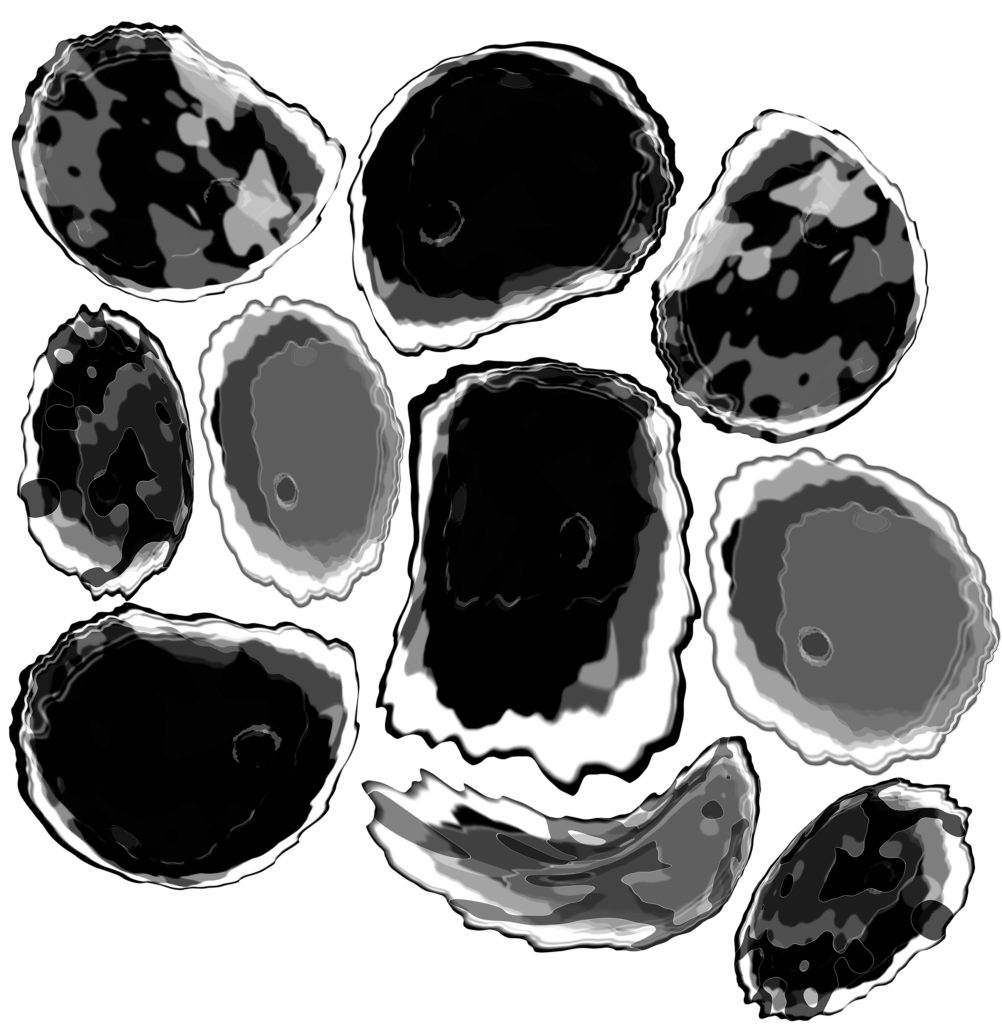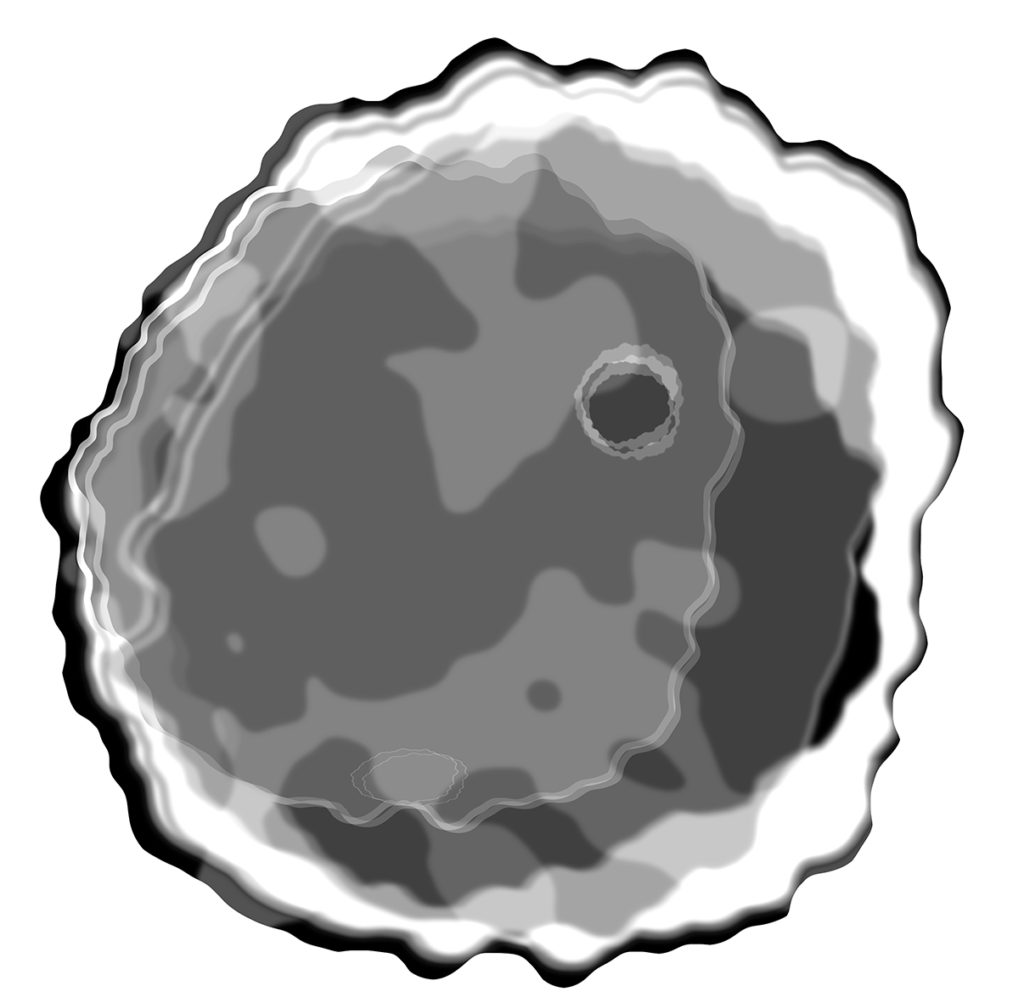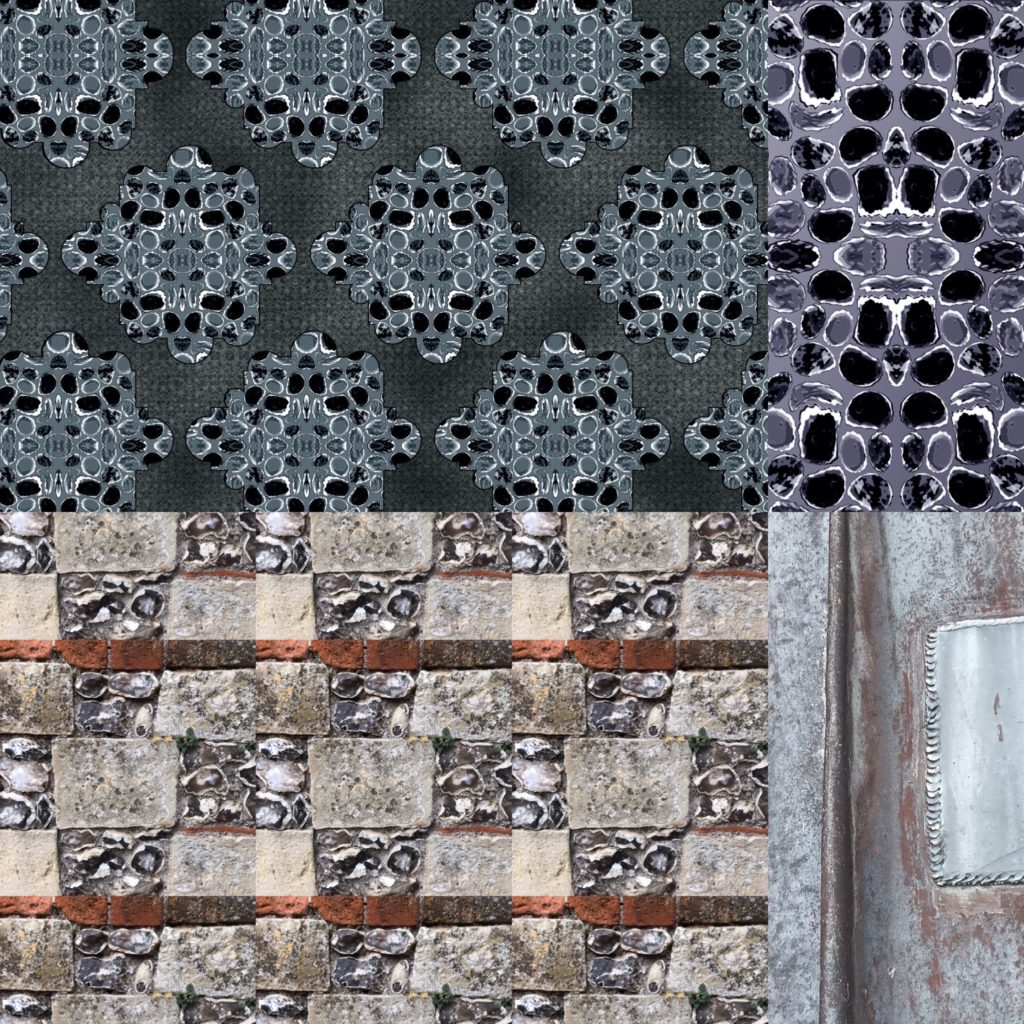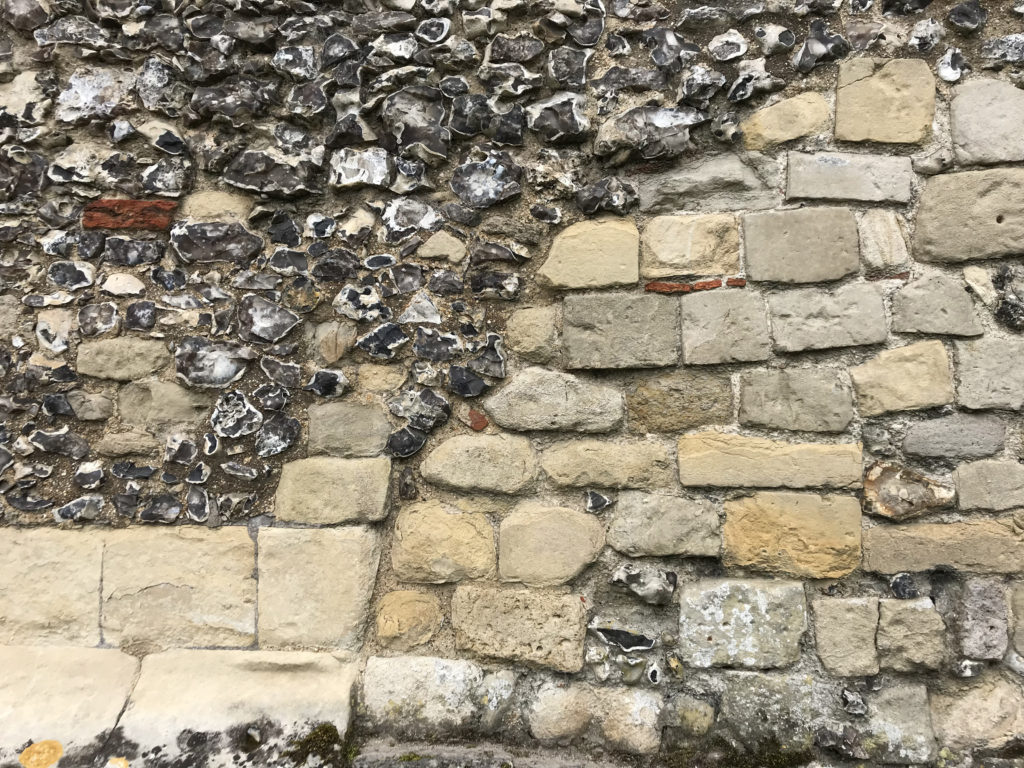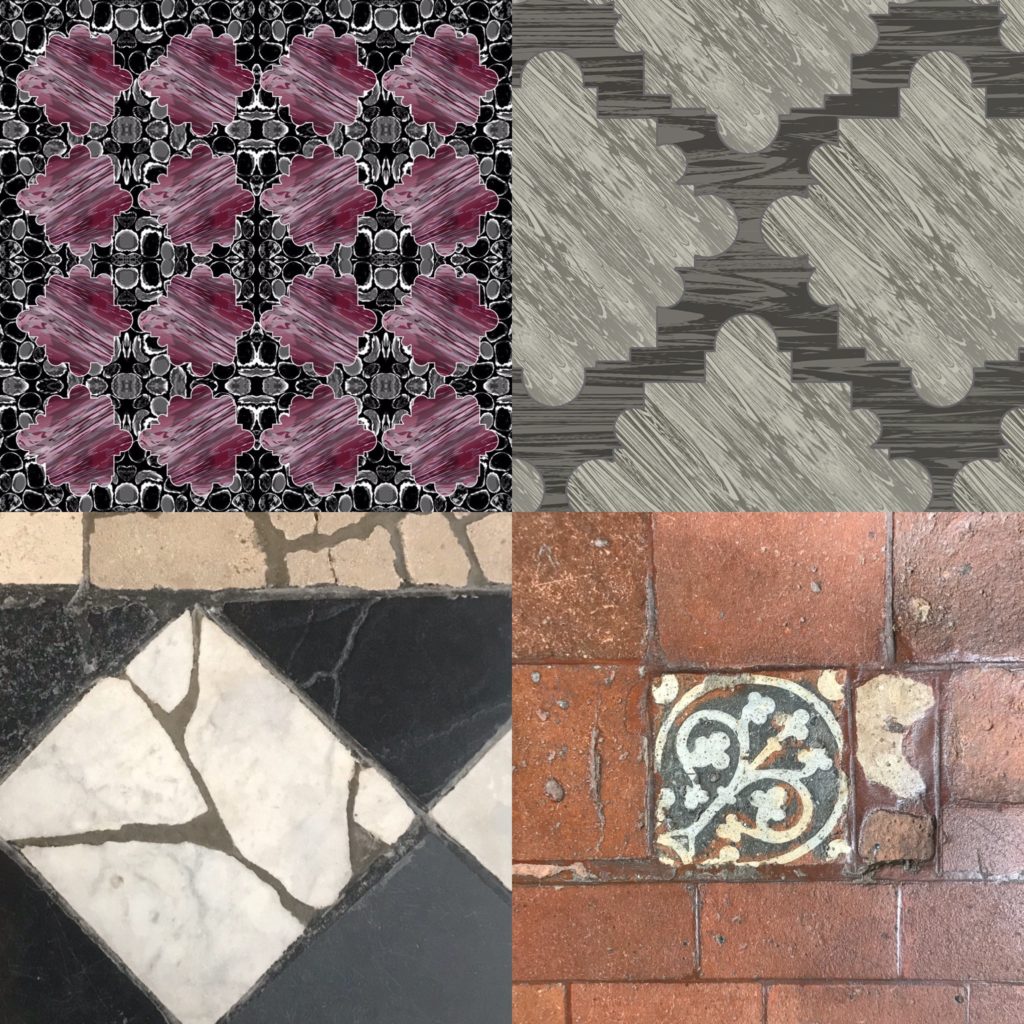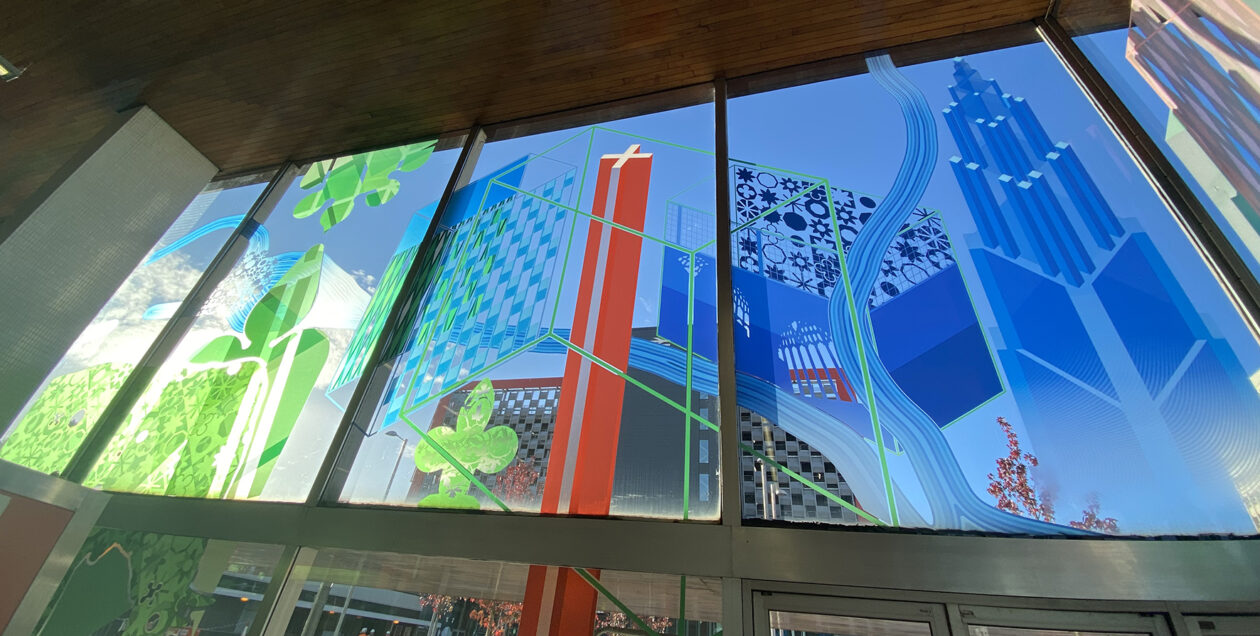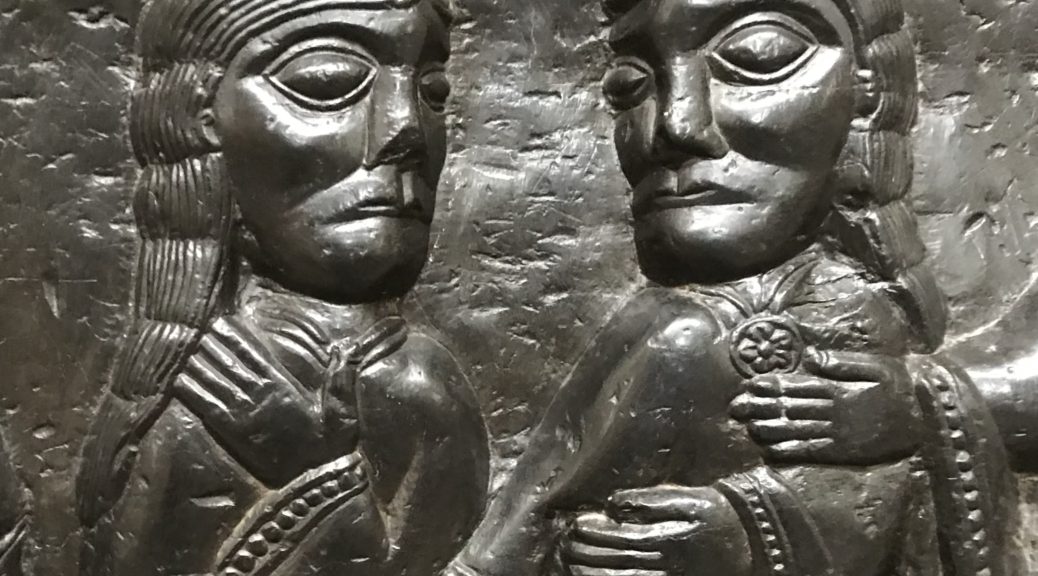The image above is a detail of the beautifully carved ebony black polished stone 12th Century font, with its depiction of the miracles of St Nicholas. It is without doubt one of the Cathedral’s greatest treasures. It was brought from Tournai, in modern day Belgium. It has been in use ever since. It is astonishingly fresh and wonderful.
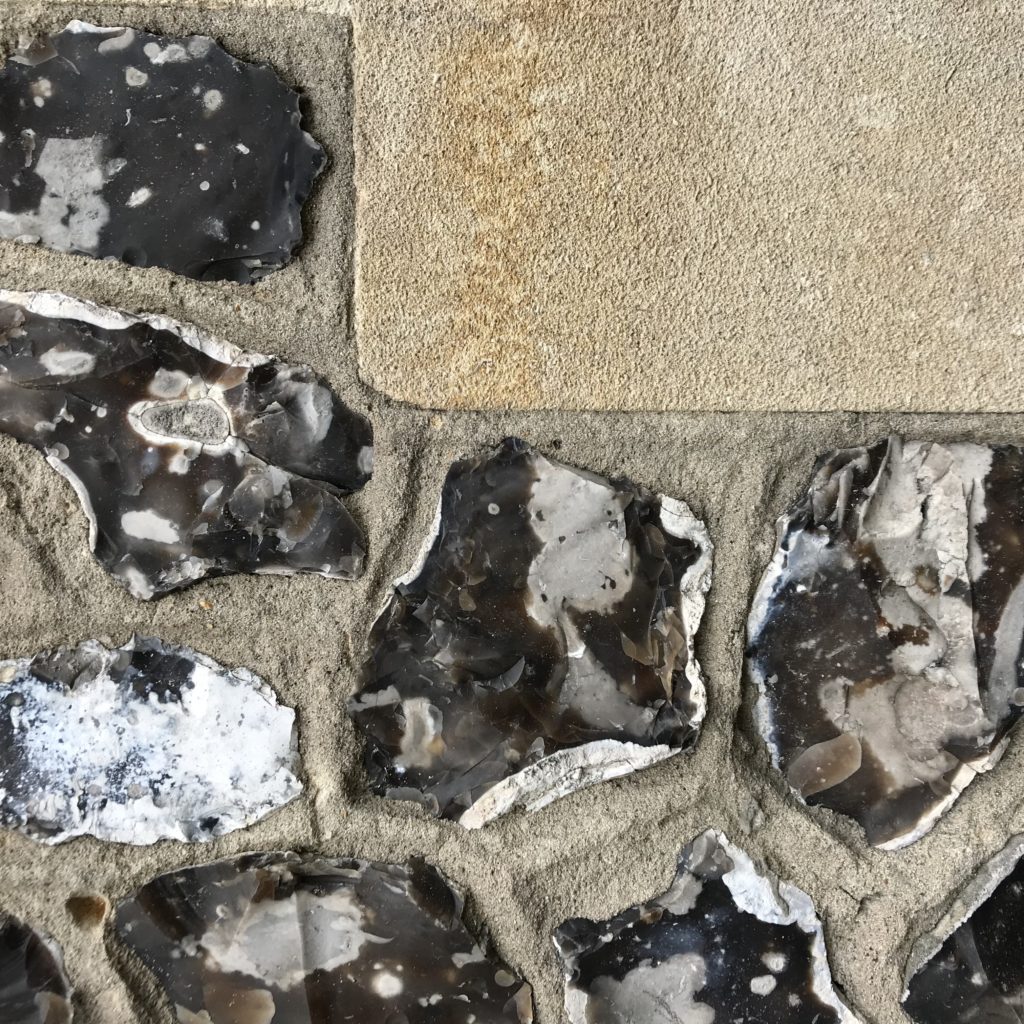
It isn’t too hard to find odd and quirky combinations of both mundane & exotic materials and examples of spectacular & naive decorative arts and crafts side by side in Winchester, especially in the Cathedral. Almost one thousand years of continual occupation of this religious site bears witness to an unbroken architectural legacy, one that is brimful of odd juxtapositions, exotic materials, renewed or replaced fabric, scratched graffiti, vandalism and destruction. Like walking through a time-warp. Robust Norman Romanesque Architecture to Perpendicular Gothic in one step. Swedish Marble to Purbeck Stone in another. Extant 13th Century inlaid ceramic floor tiles to 1960’s replicas. Striking thresholds crossed mixing time and material, yet the experience is not jarring or disjointed. Time itself has softened these transitions and blurred the edges.
I am continually cherry picking from the world around me, plucking at things, tucking things away for later – like a squirrel, gathering nuts for winter or in the manner of a herbivore, continually grazing, & chewing the cud. I am gathering visual information – an extraordinary cabinet of curiosity in my mind. Certain things catch my attention, whilst others pass me by. This eclectic meander is not a considered or deliberate creative manoeuvre. It is innate. It is my pattern of speech, it is my handwriting. It simply is.
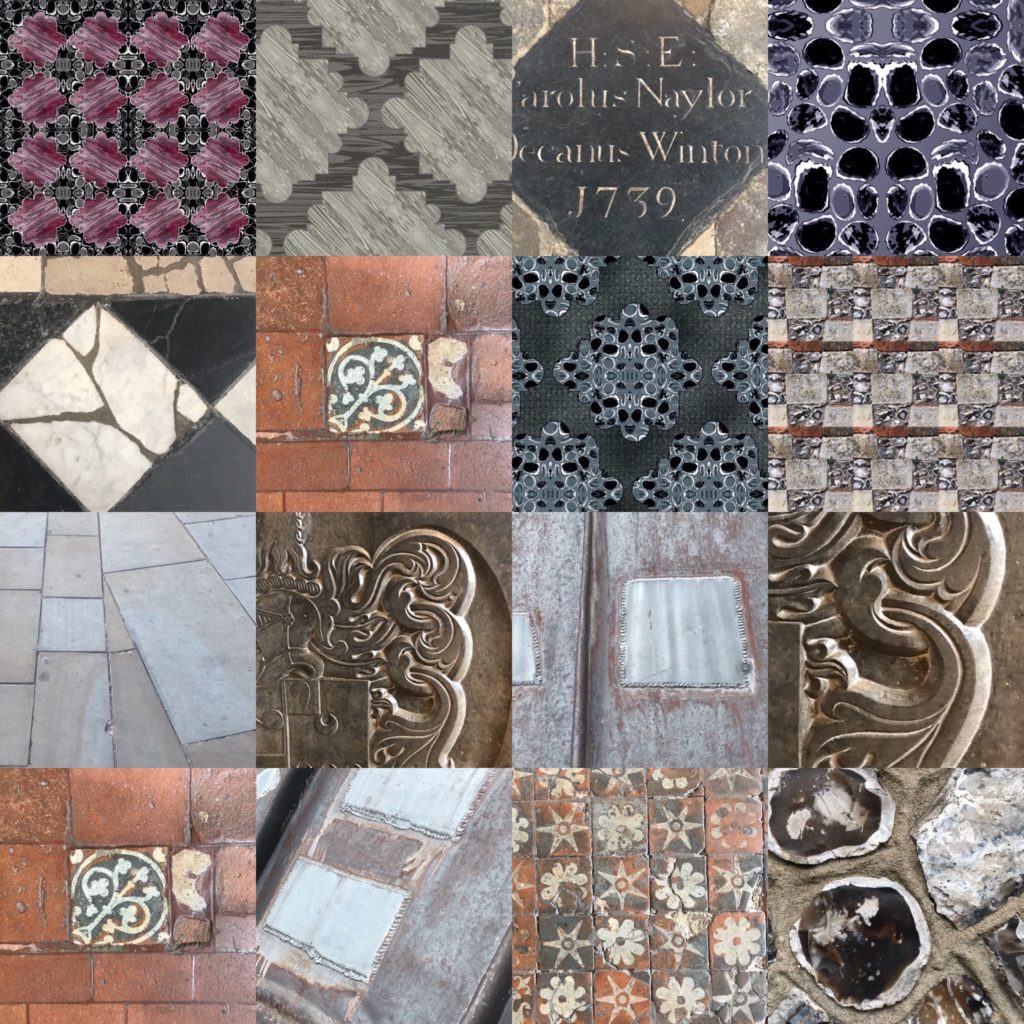
SANDSTONE – FLINT – LIMESTONE – EBONY BLACK TOURNAI MARBLE – HAND MADE BRICK – OAK TIMBERS – INLAID CERAMIC TILES – MONOLITHIC GRANITE – CAST IRON – GUN METAL – CARVED OAK – STAINED GLASS – WINDOW TRACERY – LEAD


